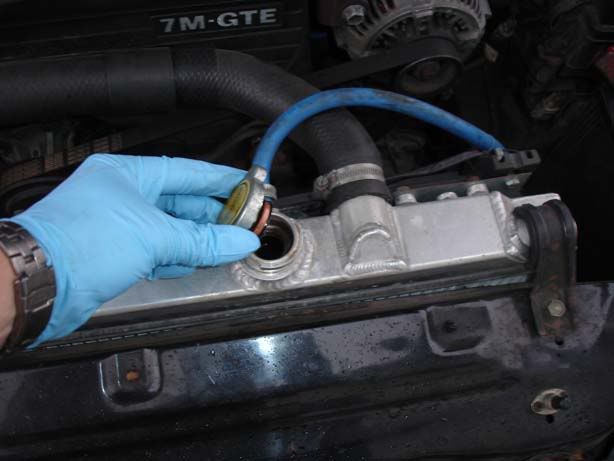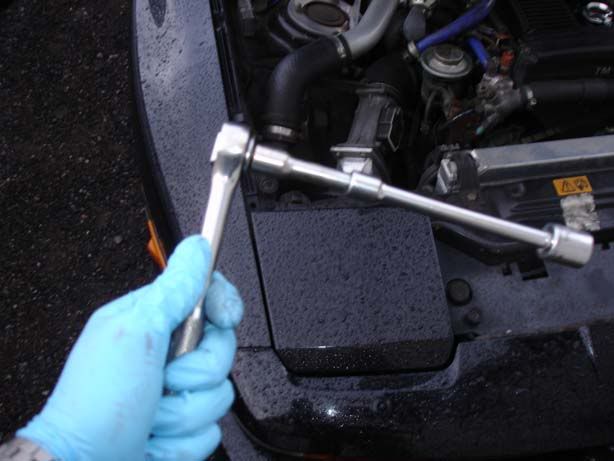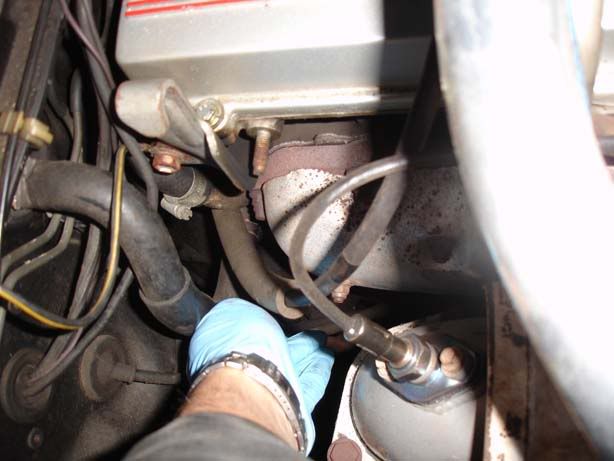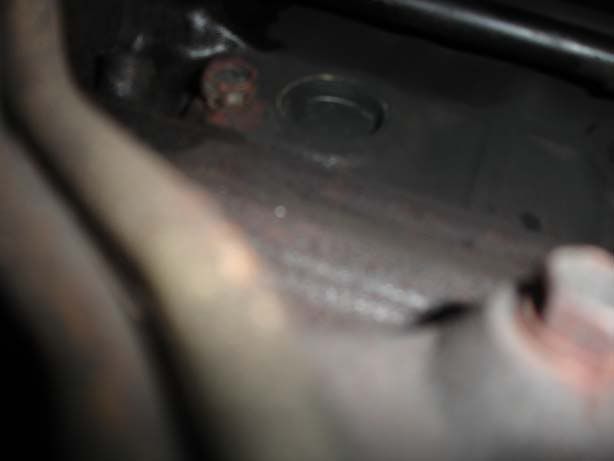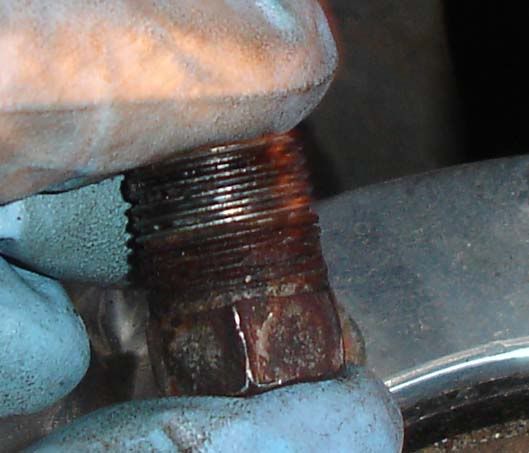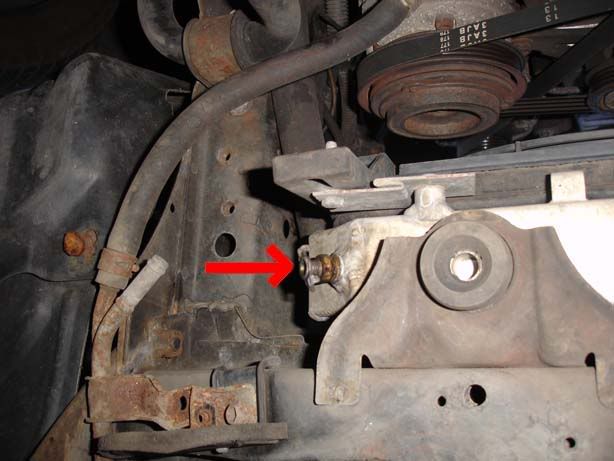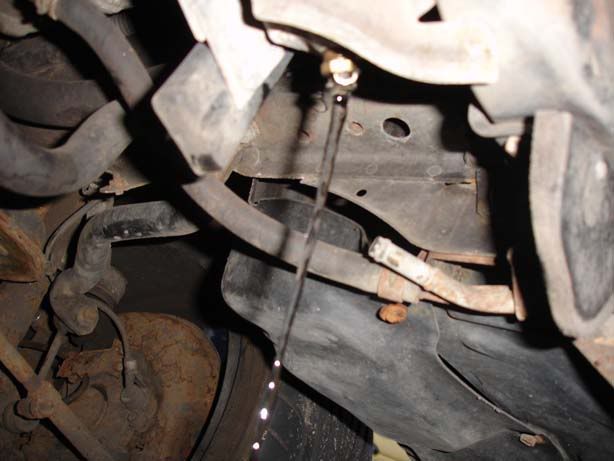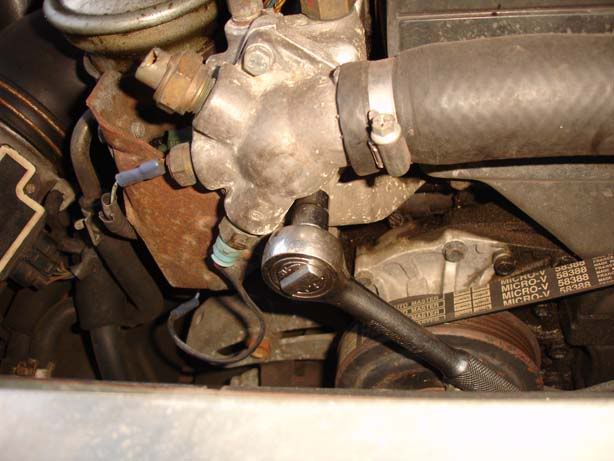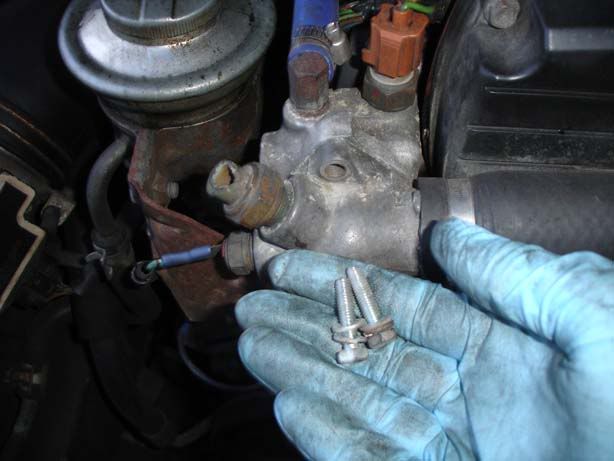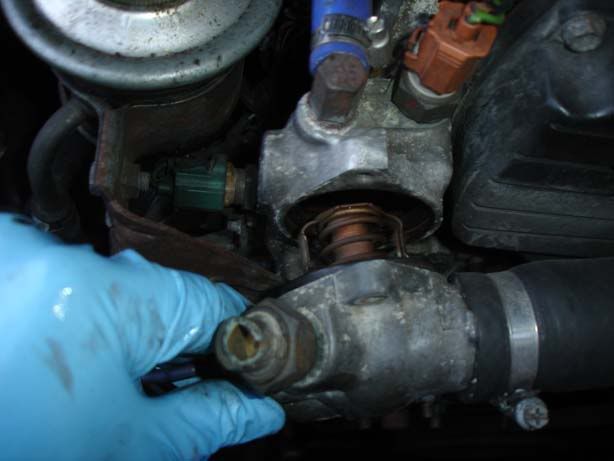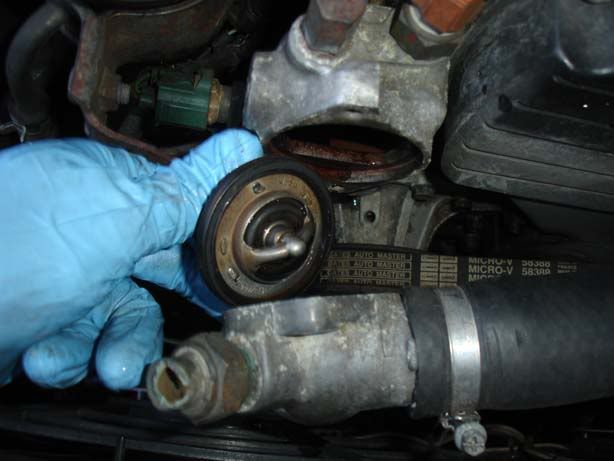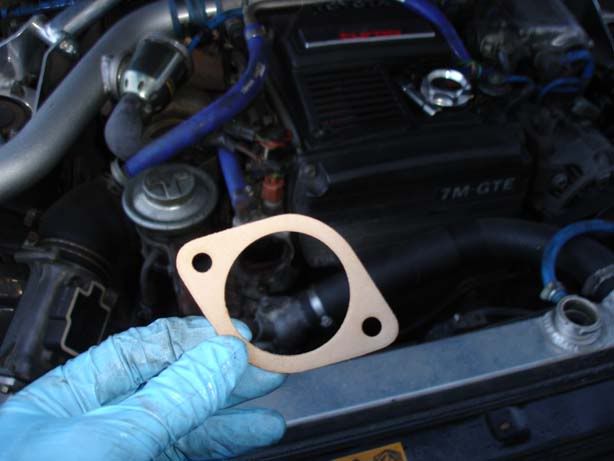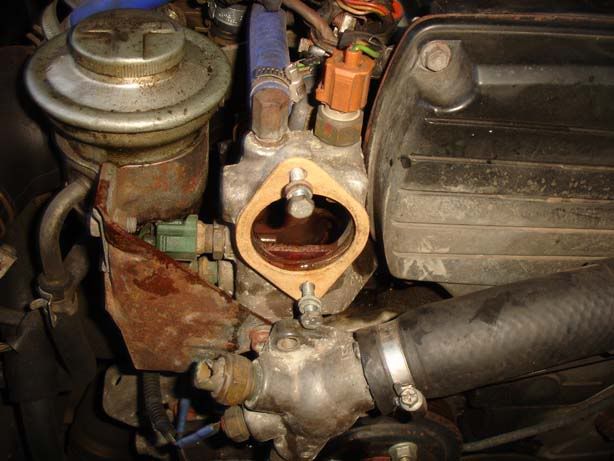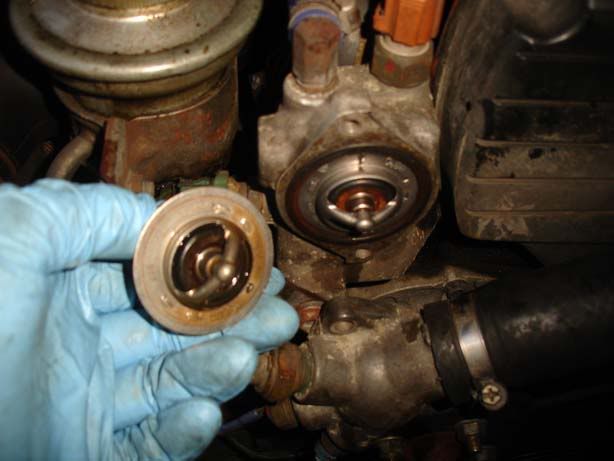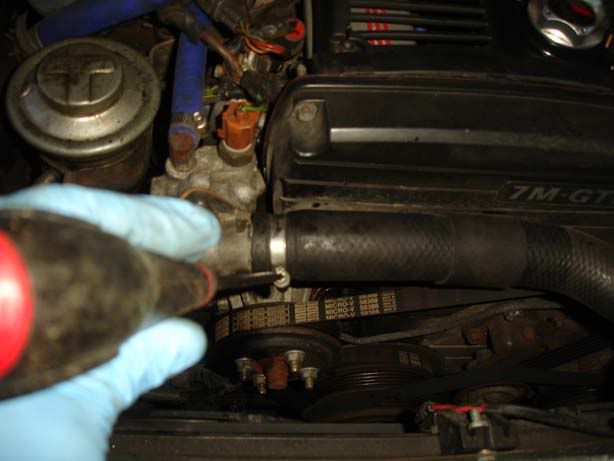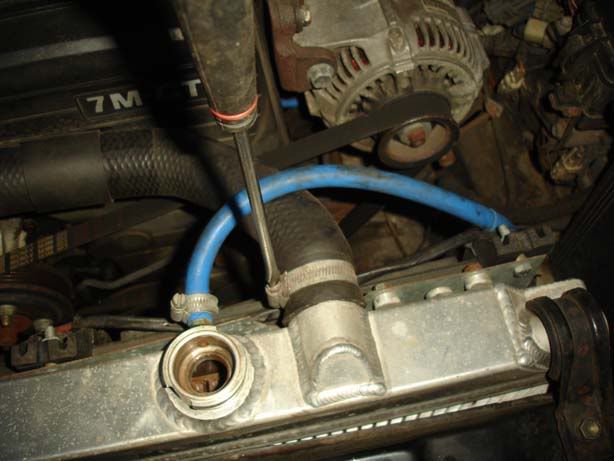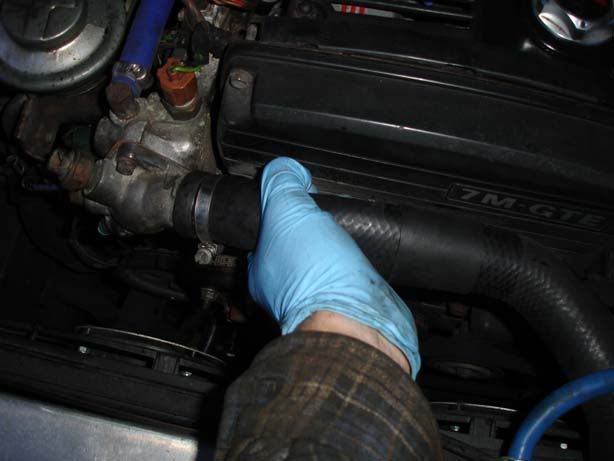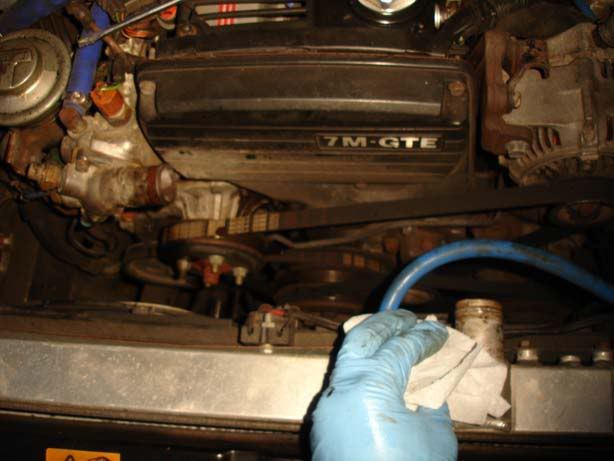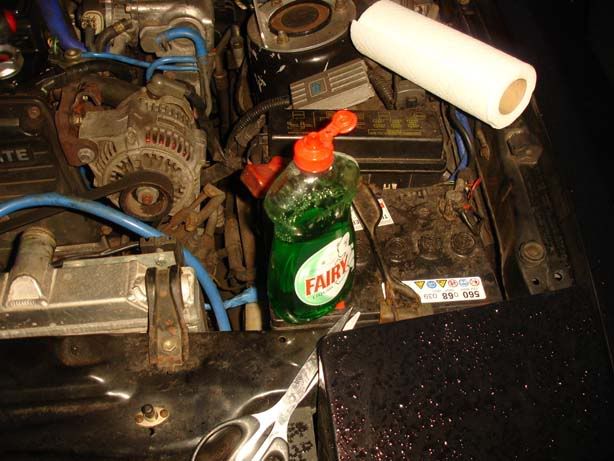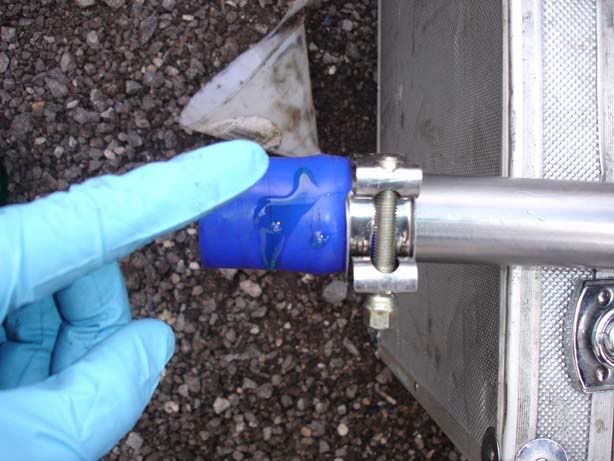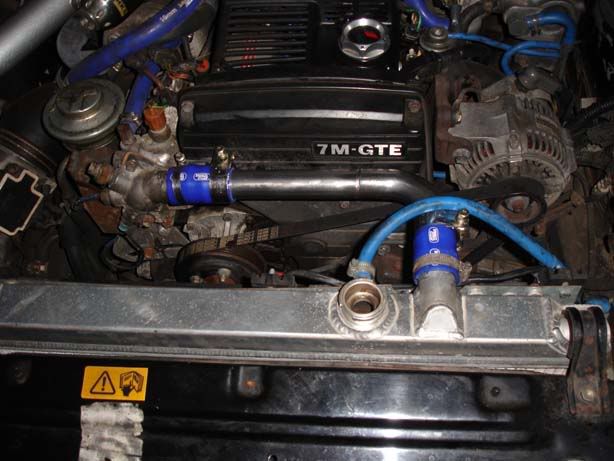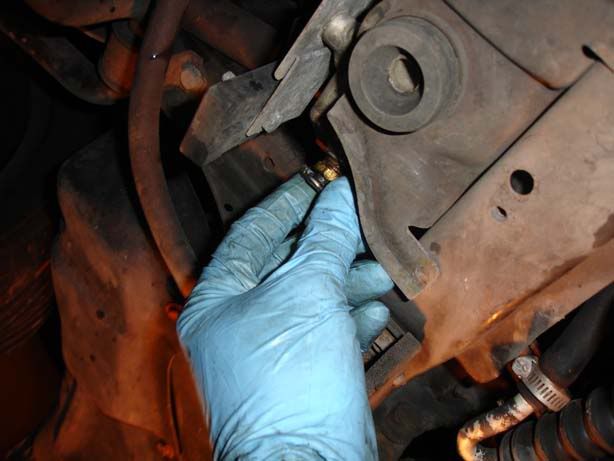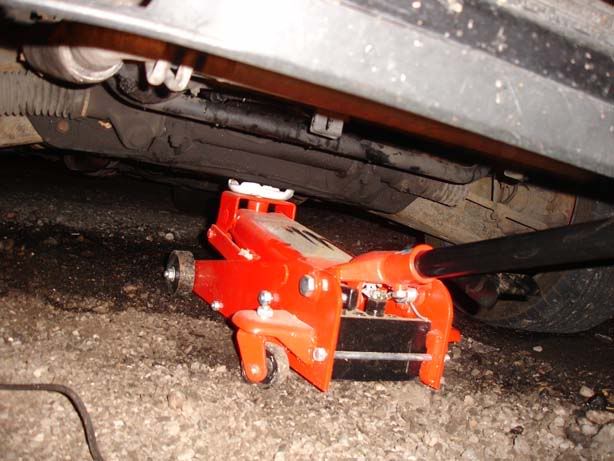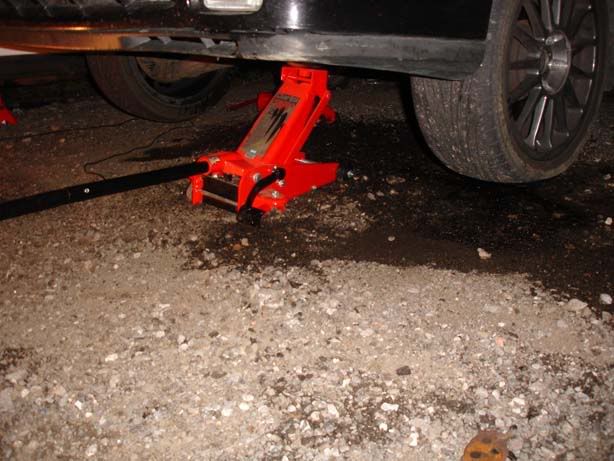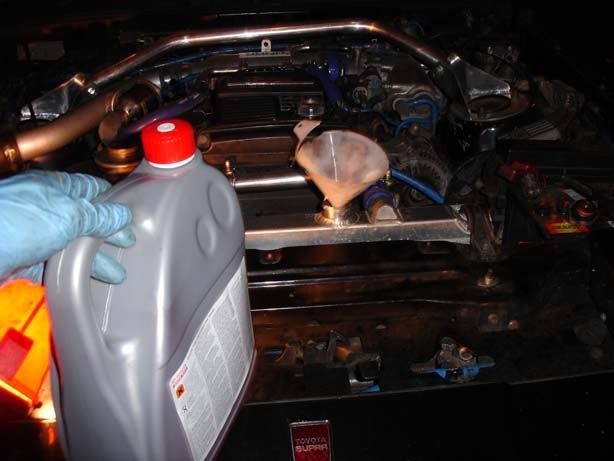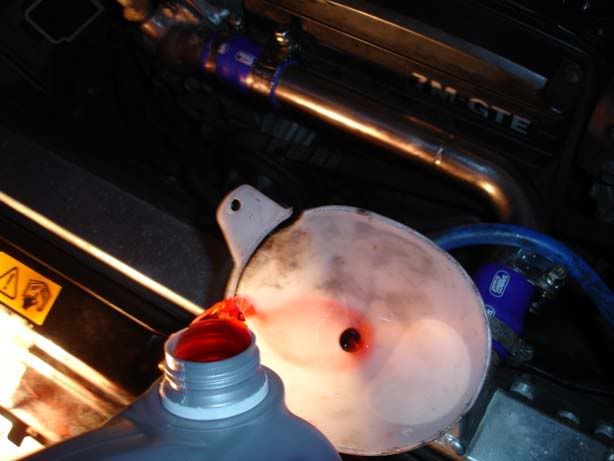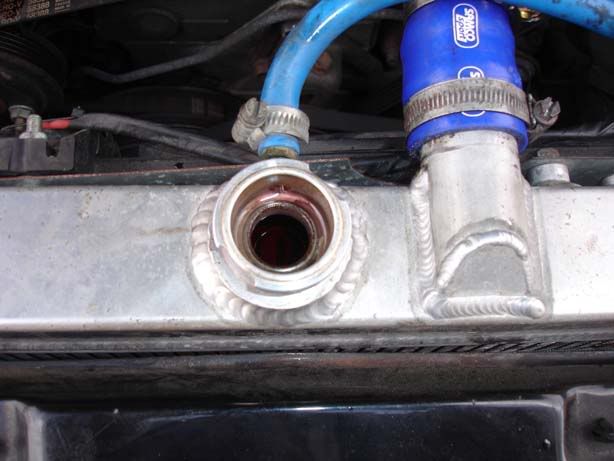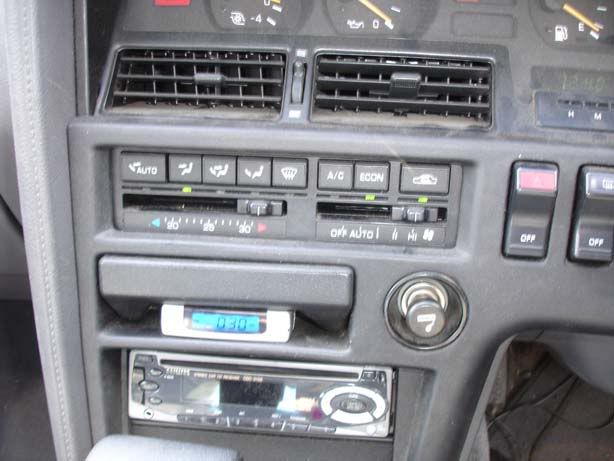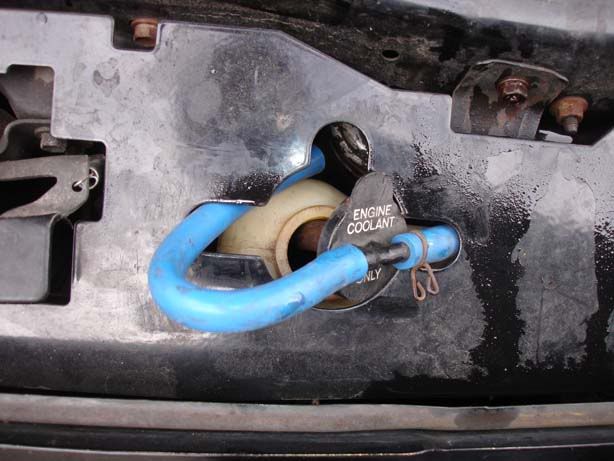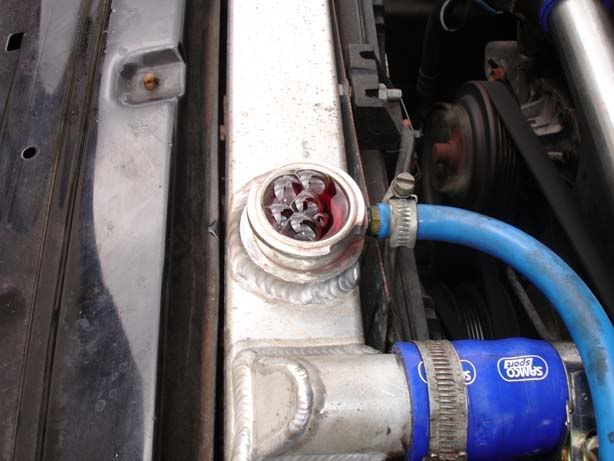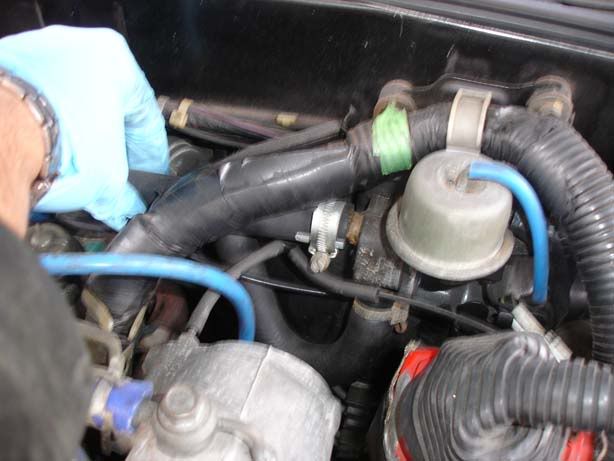The coolant system on the 7M is a POTENTIAL weak point. If properly maintained, you have far less chance of having problems which may lead to a blown head gasket. You should inspect hoses regularly and any that show signs of cracking or have become brittle should be replaced immediately. Silicone is a good choice for those looking to uprate.
Things you'll need:
1. Thermostat - I recommend genuine Toyota (picture 1) - costs about £10, ensure it had the 'jiggle pin'/'jiggle valve' shown at the top of the stat (picture 2)

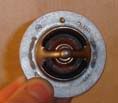
2. Coolant - Ethylene Glycol based, I recommend Toyota's pre-mixed 4life red. You'll need about 7.5-8 litres on a stock system and more if you have a bigger rad so get two lots of coolant (about £15 each)
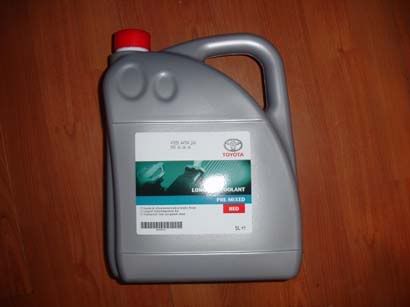
3. O ring for stat - You can get universal kits (shown in the picture), my experience was not good, go to Toyota to get the right fit
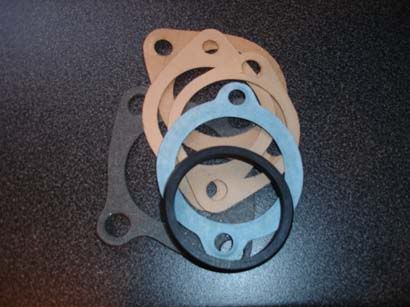
Things you'll need:
1. Thermostat - I recommend genuine Toyota (picture 1) - costs about £10, ensure it had the 'jiggle pin'/'jiggle valve' shown at the top of the stat (picture 2)


2. Coolant - Ethylene Glycol based, I recommend Toyota's pre-mixed 4life red. You'll need about 7.5-8 litres on a stock system and more if you have a bigger rad so get two lots of coolant (about £15 each)

3. O ring for stat - You can get universal kits (shown in the picture), my experience was not good, go to Toyota to get the right fit


